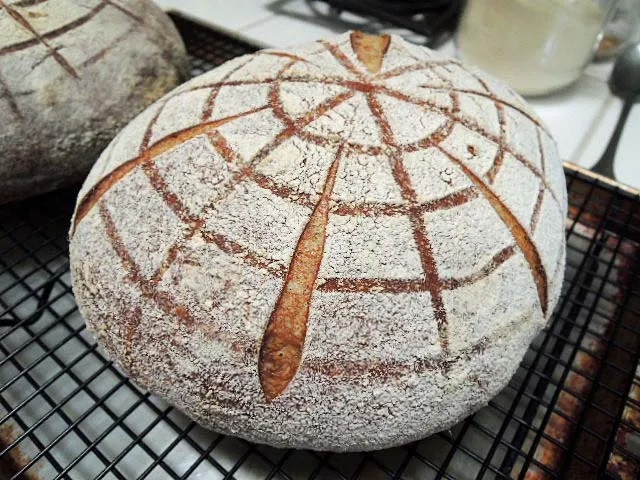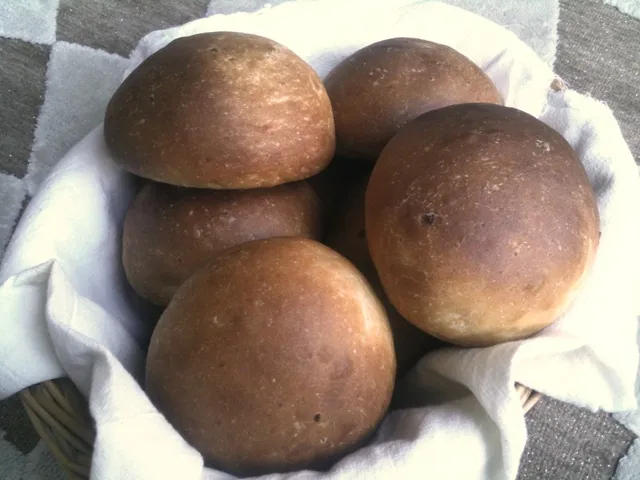Big thank you

To the bloggers on this site who inspired me to make fresh blueberry and white chocolate sourghdough with chaia seeds. Cooked in a Dutch oven, which I'd never even heard of before visiting here. Chaia seeds were new to me too as they are not very common in the uk.
Bread has a gorgeous nutty taste and is utterly delicious. My favourite so far.
So big thanks again,
Catherine
- Log in or register to post comments
- 6 comments
- View post
- Tedmonkey's Blog









